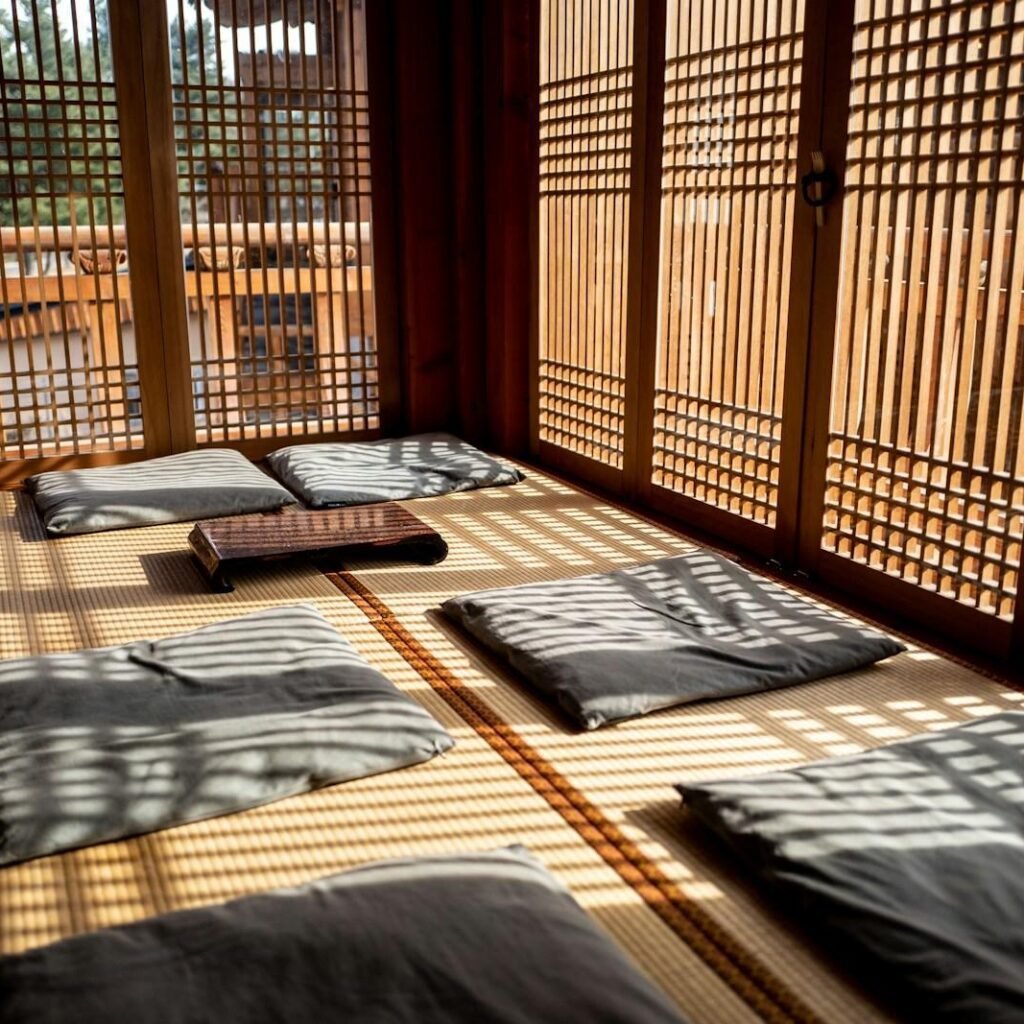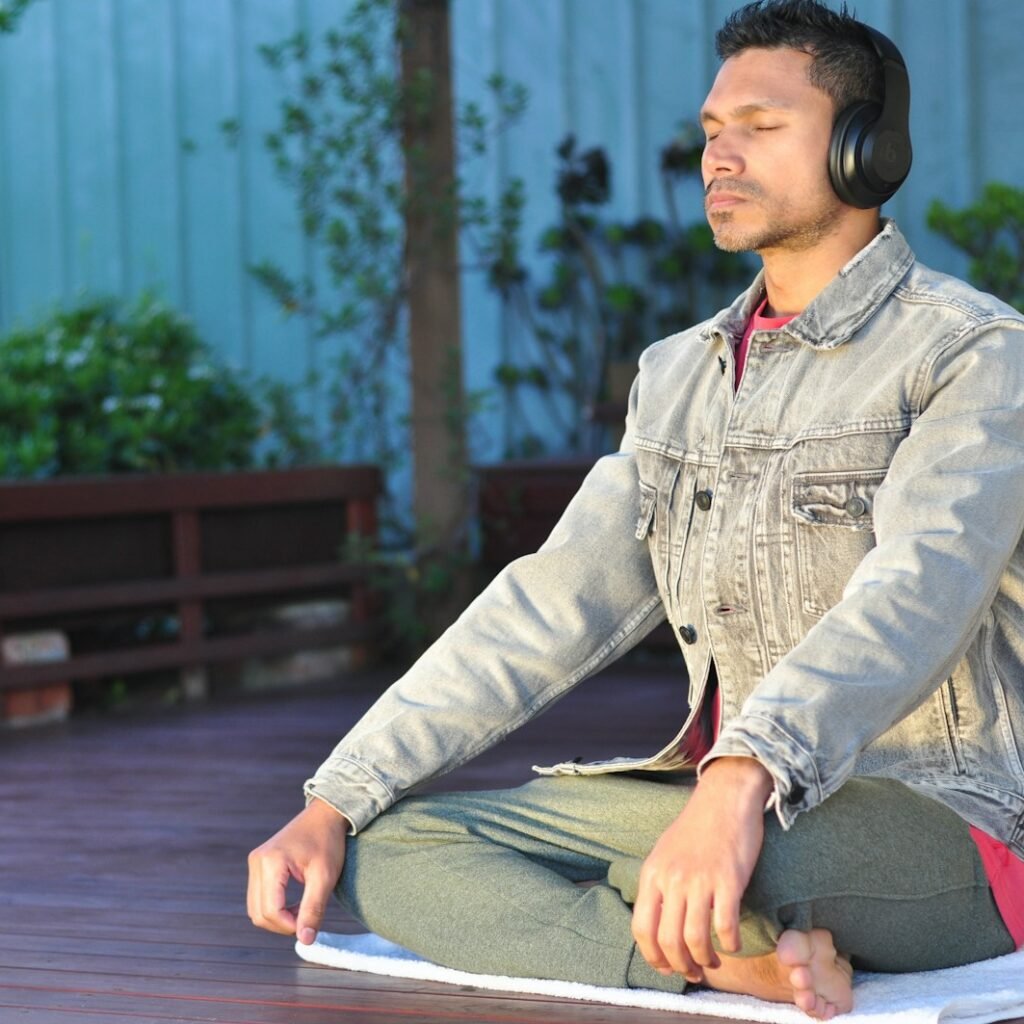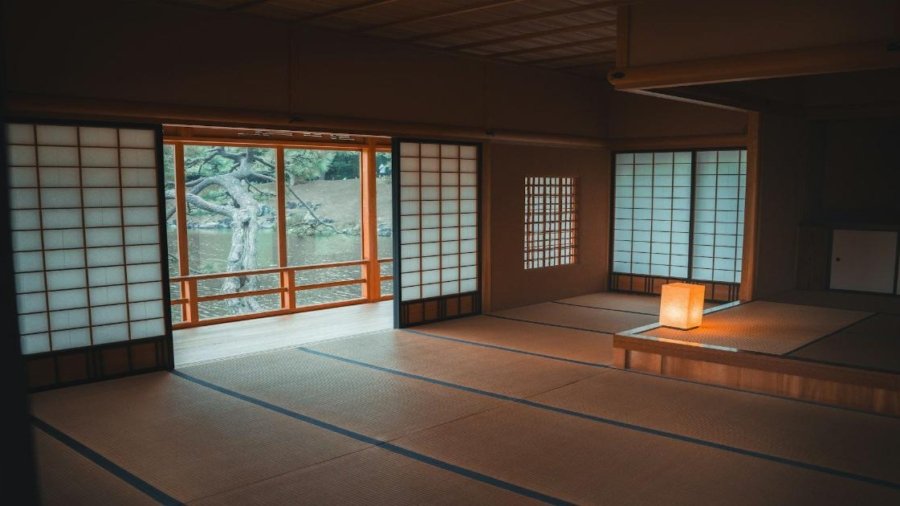In today’s always-on world, silence can feel like a luxury and stillness like a lost art. But meditation offers both—plus a way to reconnect with yourself in moments when your mind feels fragmented or fatigued. Whether you are seeking emotional calm, improved focus, or a way to navigate anxiety, this guide will walk you through exactly how to begin.
According to the National Institutes of Health, the practice of meditation has steadily grown among adults in the United States, with more than 17% of adults now reporting regular use.
If you have ever wondered whether meditation could help you, or how to even start, you are not alone—and this beginner-friendly guide is for you.
What Is Meditation, Really?
Meditation is not about emptying your mind. It is about learning how to observe your thoughts without judgment. You are not trying to erase your stress or silence your worries. Instead, you are training your awareness to become more present and less reactive.
The American Psychological Association explains that mindfulness-based meditation helps calm the mind by reducing activity in the brain’s default mode network, which is associated with worry and rumination. Over time, even short meditation sessions can reduce anxiety, improve concentration, and foster emotional resilience.
The Science-Backed Benefits of Meditation
You do not have to commit hours a day to feel the difference. A few minutes daily can lead to meaningful change. Here are just a few evidence-backed benefits:
- Less stress and anxiety: Meditation helps regulate the stress hormone cortisol and improves emotional regulation pathways in the brain.
- Better heart health: Recent research found that mindfulness training led to healthier eating behaviors and blood pressure control.
- Improved sleep: Mindfulness meditation can improve sleep quality by increasing melatonin and lowering nighttime arousal

Step-by-Step: How to Start Meditating
You do not need fancy equipment or special knowledge. Just a few intentional steps can help you begin.
1. Choose Your Meditation Style
Some common forms include:
- Mindfulness meditation: Focuses on your breath or body while allowing thoughts to come and go without judgment.
- Loving-kindness meditation: Cultivates compassion by silently repeating phrases like “May I be well” and “May others be safe.”
- Guided meditation: An instructor or app leads you through the practice with calming audio prompts.
If you are not sure which to try first, the post Top 5 Meditation Apps for Beginners in 2025 breaks down the best beginner-friendly tools to help you explore your options.
2. Pick a Time and Stick with It
Consistency matters more than duration. Start with:
- 2 to 5 minutes per day
- Same time each day—morning or evening works well
- Use a timer or a meditation app to guide you

3. Create a Distraction-Free Space
You do not need a meditation room. A quiet corner, cushion, or chair will do. Turn off notifications. Dim the lights. Sit comfortably and upright.
4. Focus on Your Breath
Gently inhale. Gently exhale. Pay attention to how the air feels as it moves in and out. When your mind wanders (and it will), gently return your attention to your breath.
Common Challenges for Beginners (and How to Overcome Them)
Starting something new can feel frustrating. Here are a few typical obstacles—and simple ways to move through them:
- “I cannot stop thinking.”
That is perfectly normal. Meditation is not about stopping thoughts; it is about noticing them and letting them go. Over time, your thoughts will become less dominant. - “I do not have time.”
Even two minutes counts. Consider using short, focused techniques from The Neuroscience Behind Fast Calming Techniques to center yourself during breaks in your day. - “I do not feel calmer yet.”
Like any skill, meditation takes time to show results. Be patient. Most benefits emerge with consistent practice.
How to Use Meditation in Daily Life
Meditation is not something that only happens in quiet rooms. It is a practice you carry into your everyday life.
- During stressful meetings, try a 30-second breath pause
- While walking, focus on the feeling of your feet and the rhythm of your breath
- When overwhelmed, apply the techniques in Ways to Calm Your Mind in High-Stress Situations for real-time grounding
According to the National Center for Complementary and Integrative Health, integrating mindfulness into your day—not just during seated meditation—can significantly improve your mental health outcomes.

Final Thoughts
Meditation is not about becoming a different person. It is about being more fully yourself. You do not need to master anything. You only need to begin—gently, curiously, and with compassion.
Even one mindful breath can shift your day. And the more you return to that quiet place within, the easier it becomes to find it—especially when life feels chaotic.



[…] to mindfulness? Try the guide Meditation 101: How to Get Started, which explains step-by-step how to develop a mindful […]